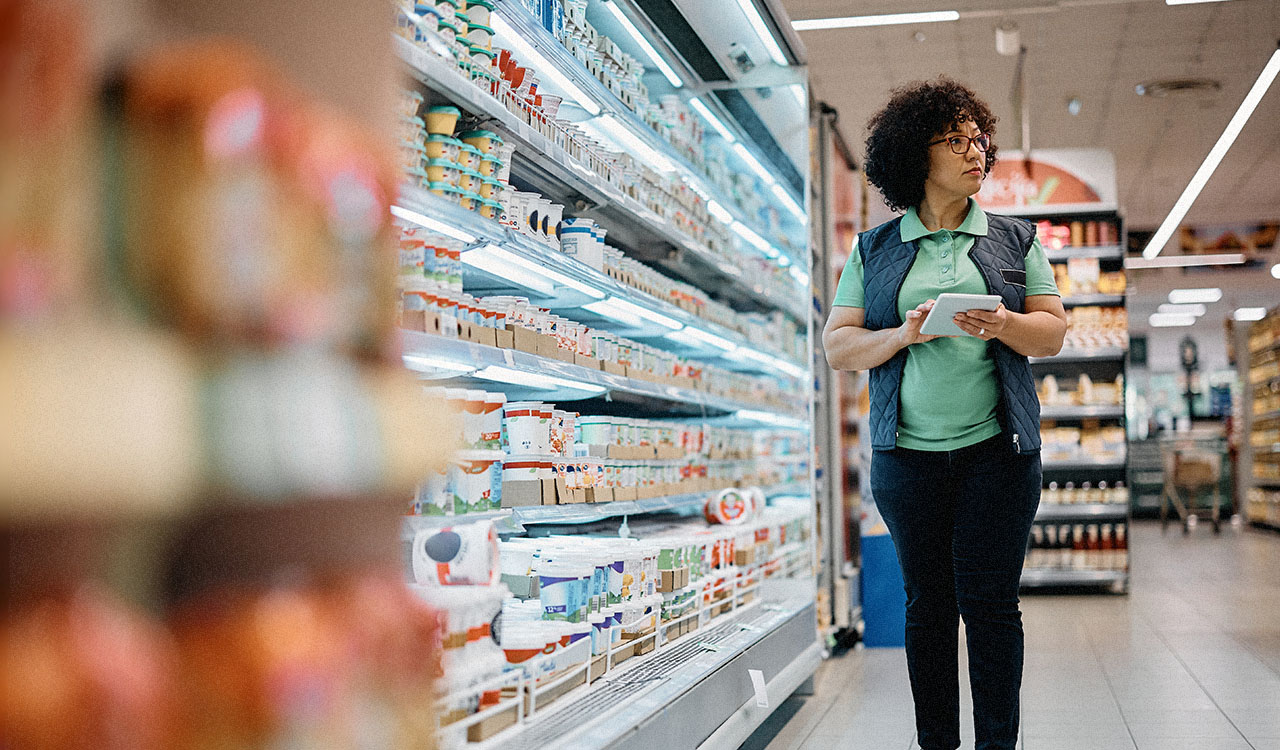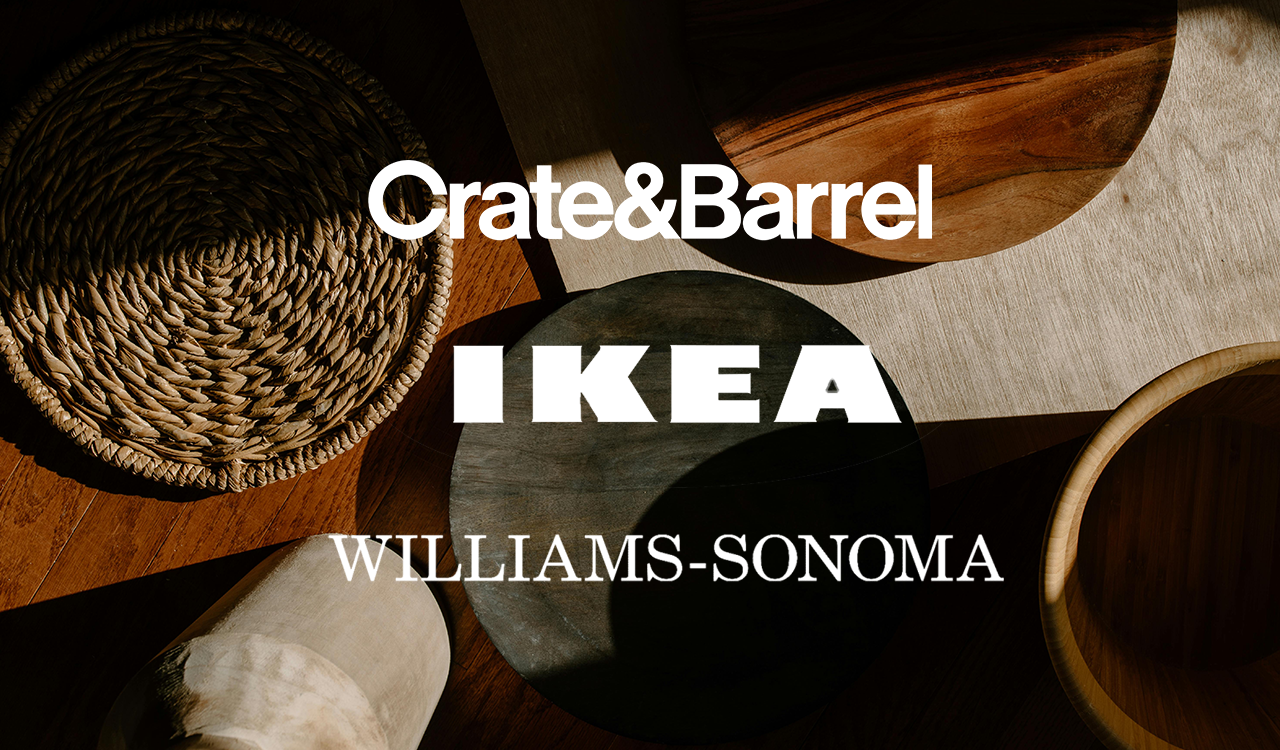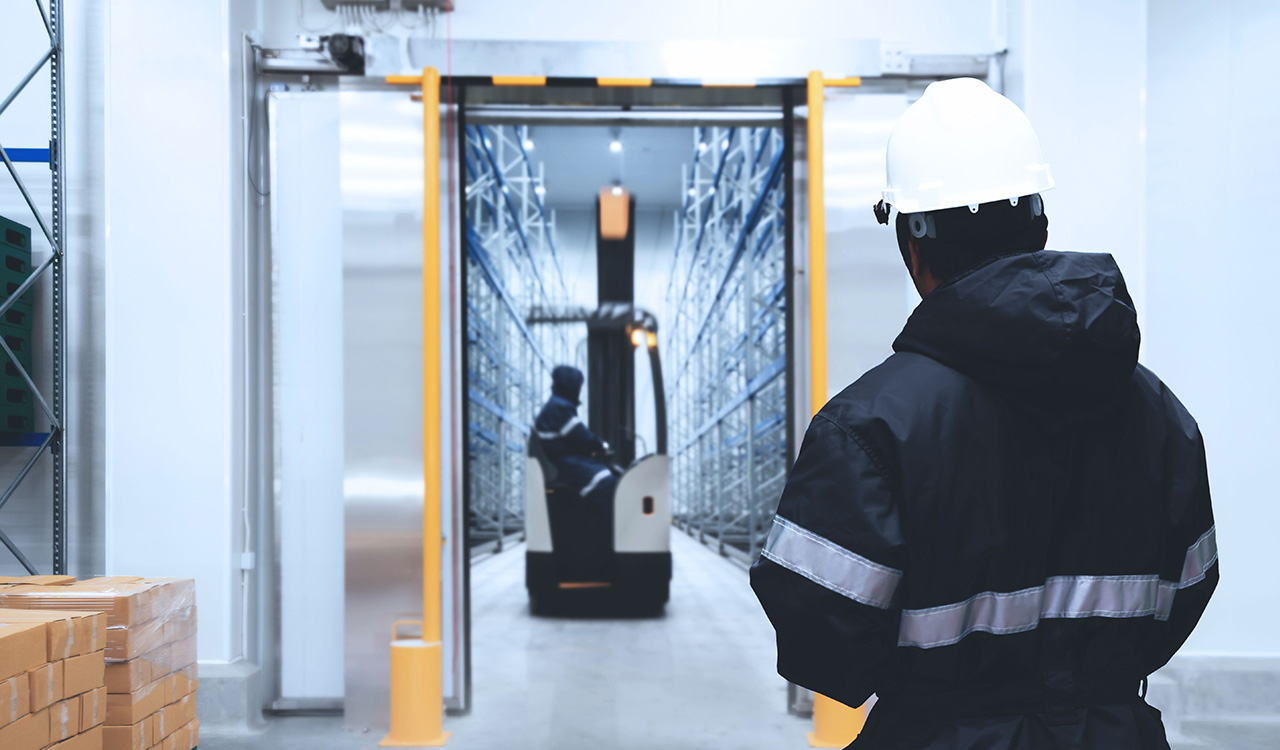Sustainability is moving to the top of many retail CEOs’ agendas. Demands for sustainable businesses are coming from every angle: the consumer, management, government legislation, and even mother nature itself through catastrophic climate disasters. And while sustainability has become a buzzword in some industries, fashion, which accounts for about eight to ten percent of global carbon emissions, is feeling the pressure to address their processes now.
Addressing the root cause by being much more efficient in predicting needs, placing the right products in the right locations for faster sell throughs and managing the end-to-end processes are how we will see tremendous sustainable movement.
Designers and the fashion industry rely on numerous rounds of product sampling, fit sessions and textile and dye selections, all of which create a great deal of waste every season just to introduce lines. Couple the development process with the actual production process and complexity of supply chains, and we accelerate the environmental impact of bringing clothing and accessories to stores on a global level.
Churn and Burn
Brands have been churning through goods since their inception; so why shine a spotlight on fashion and retail now? The pandemic, for one, unveiled the sheer volume of goods produced, shipped, resold and even destroyed every three to four months. Now, with six- to eight-month supply chain backlogs, the volume has reached record highs. Growing public awareness about fashion’s contributions to waste has resulted in designers addressing the source of the problem. Increasingly, they are using more sustainable fabrics and local sourcing. At the same time, consumers are deliberately looking for brands that adhere to sustainability initiatives. But this is simply not enough.
A Retail Solution
How do retail businesses ensure sustainability efforts cater to the common pillars of people, planet and profits? One of the most impactful efforts that retailers can make in minimizing waste is to transform their own supply chains with an agile and transparent inventory management system. In the most basic sense, producing fewer goods, selling existing inventory, and limiting the need to transfer goods and resell aged inventory all deliver less end of season waste. Less in, less out.
Reusing bags, developing circular retail channels and using locally sourced organic materials are optically and commercially appealing. But addressing the root cause by being much more efficient in predicting needs, placing the right products in the right locations for faster sell-throughs and managing the end-to-end processes are how to get serious about sustainability.
Four Pillars for Change
How does this picture come together? Start with the four pillars of supply chain:
- Sourcing & Supply
- Logistics & Trade
- Inventory & Distribution
- Fulfilment & Delivery
Next, look at each of these pillars objectively by auditing your current processes and identifying where your pain points reside. We consult with clients to help them review operations objectively. We also help organizations identify journey mapping to look at retail operations holistically from supply to shelf to sale.
Checking the LIST
Our L.I.S.T. matrix has worked for many leading global retailers. We focus on the four essentials and how each of these plays into a brand’s sustainability initiatives.
- Logistics-Supply Chain
- Inventory
- Organizational Structure
- Smart Technology
A Robust and Agile Logistics and Supply Chain Model
This stage in the audit journey views the risk versus reward of global supply chains. It identifies how retailers can optimize inventory at the last-mile to reduce waste and optimize revenues and increase speed-to-market. Both strategies get retailers closer to customers’ demands and decrease overall inventory counts, creating less waste and in the best circumstances, increased profits.
Real-time Inventory
The cost of inventory that doesn’t sell is fashion’s biggest inefficiency. This was most evident at the start of the pandemic. Retailers have now had to shift strategies to a more demand-driven or ‘pull’ model to increase full-price sell-through and optimize in-season stock. A pull model combined with a digital acceleration puts the consumer more in control than ever before. With decisions driven by social media creating an on-demand shift, retailers can avoid getting stuck with inventory or designs they can’t sell. Furthermore, retailers are exploring ‘re-commerce’ opportunities to make their inventory go the extra mile, by giving consumers the chance to tap into resale or rental items.
Structure
The lack of strategic processes and technology can impact organizational structures. It can strain resources and result in the need for more manual workarounds and head count. We have found these manual workarounds can lead to employees working overtime, increased travel, and decreased or wasted productivity globally. Managing people is an important element of sustainability that will ultimately benefit product processes and planet impact.
Smart Technology and AI
Innovations in technology are enabling retailers to be more sustainable. Digital design software can integrate with PLMs and B2B software to help reduce sampling and save people from travelling across the world. AI and Machine Learning solutions can increase assortment accuracy and support the traditional merchandising principles of the right product, right place, right time. Merchandising technology such as merchandise financial planning, assortment planning and allocation and replenishment can help secure strategic budgets and option counts, accurately and optimized sized buys, and higher sell-throughs. These disciplines lead to higher margins, fewer markdowns and ultimately less wastage and an improved carbon footprint. Less stock travelling around the world unnecessarily leads to fewer markdowns and ultimately less stock in landfills.
Commitment and Purpose
Addressing sustainability and environmental initiatives takes more than just a few commercial steps. It takes a prioritized commitment by an organization from the top down. Leadership needs to understand that waste starts at the core of product development — from material selection and transportation options to inventory needs, distribution selection and demand management. The four foundational pillars support retailers in their sustainability initiatives feed into a more holistic approach to reducing waste and carbon emissions, managed by L.I.S.T. But they cannot be executed in isolation; instead, they need to be looked at together from concept to consumer.
Retailers who commit to and deliver against these pillars, have strong foundations to be more agile and responsive to cope with any pandemic or unanticipated situation. And in the bigger picture, they become more efficient and streamlined–ultimately becoming less wasteful. And that will make us all GREEN with envy–in a good way.
Charlotte Haynes is a principal at Columbus Consulting International based in London. She is an omnichannel Retail Buying & Merchandising specialist with over 12 years of experience working with retail, e-com, wholesale and manufacturing companies focused on improving corporate performance through better planning, execution & analysis.



